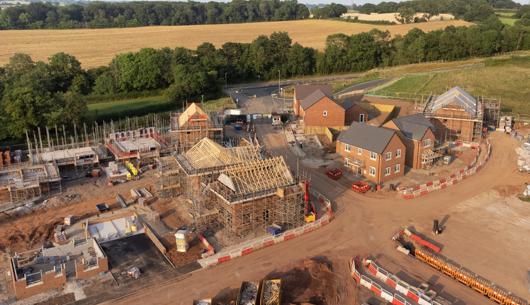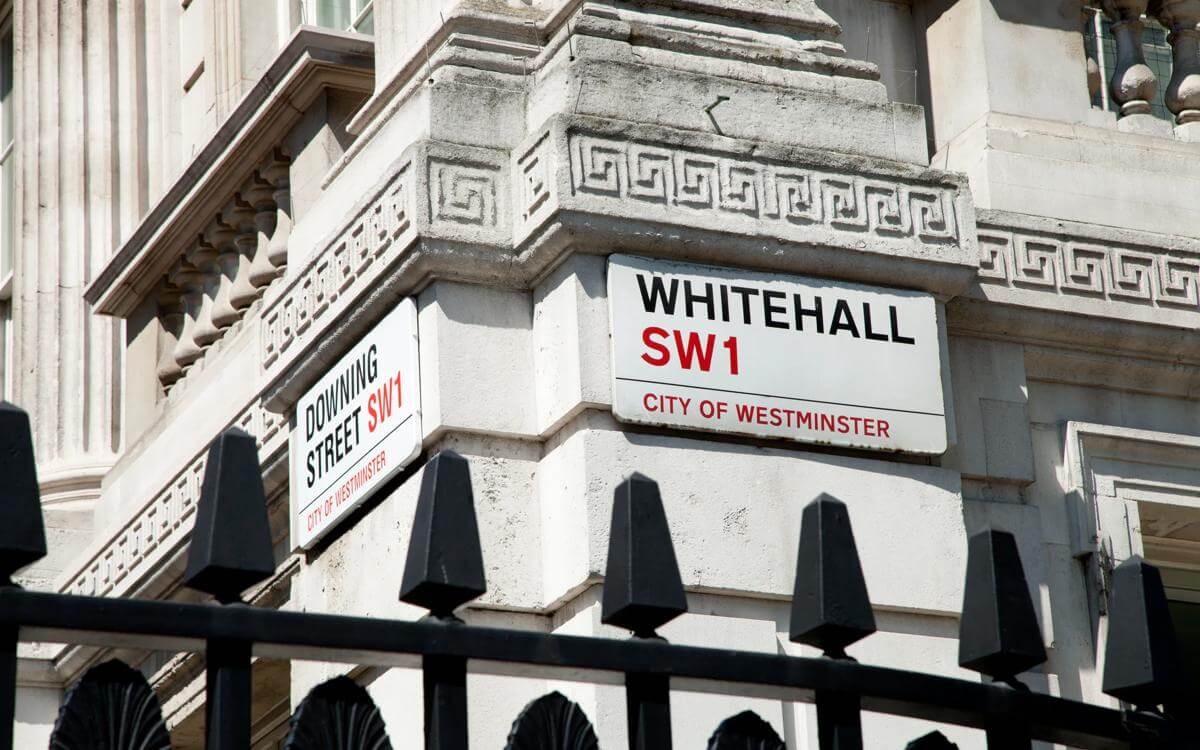The Planning White Paper – what does it mean?
The key changes, and will it really lead to increased housing numbers?
This article is taken from August's public matters newsletter. Click here to view more articles from this issue.
August has seen a number of major announcements regarding the planning system, the most significant being the government’s Planning for the Future White Paper. The White Paper was published on 6 August and starts a 12-week consultation period until 31 October.
What is proposed?
Key changes include:
- Requiring local plans to be simplified and for three categories of land to be identified: growth, renewal and protect.
Growth areas are areas which would have outline planning approval, automatically establishing the principle of development. These areas would be suitable for substantial development such as new settlements and urban extensions.
In renewal areas there would be a statutory presumption in favour of development. This development would need to meet specified criteria and is intended to cover the densification of residential areas, development in town centres and small sites in and around villages.
Protect areas are areas which would see the least change from the current system. They would include areas such as green belt, conservation areas and areas of outstanding natural beauty.
- The intention is that these three categories would be contained within local plans which would be subject to a simpler test (a test of sustainable development rather than soundness) which would focus less on deliverability. Plans would need to be completed within 30 months.
- When and how the public would engage in the planning process would also change. The White Paper states that planning should be digitised and made more visual to make it easier for members of the public to engage and make comments. Members of the public should be able to make comments using smart phones. However, engagement at the application stage is going to be ‘streamlined’ with the majority of public involvement at the local plan stage.
- Developer contributions would also change, with section 106 and Community Infrastructure Levy (CIL) being replaced with a national single infrastructure levy. Payments under the new system would be linked to the final value development “as a nationally set, value-based flat rate charge”. The amount of contributions collected nationally would be expected to cover the entire cost of the planning system and would be an increase on the current amounts collected.
- The NPPF would become the primary source of policies for development management in England. There would be locally prepared design codes which would be made ‘more binding’ on planning decisions. The development of design codes would be supported by a new body.
- Automatic permission could be granted for proposals deemed of high quality that reflect local character and preferences (which is being called ‘fast-track for beauty’).
- The role of planning committees would be significantly reduced, with elected members not envisaged as having a role where the principle of development has already been established.
- Each local authority would be required to have a chief officer for design and place making.
- There would be firm deadlines for the grant of planning, with the potential for deemed consent if a decision is not made within set timeframes.
- Local authorities would be subject to a new performance framework which would enable earlier intervention if ‘problems’ emerge with individual authorities.
- Proposals will be announced for improving the resourcing of planning departments.
What does it mean?
The proposals in the White Paper, if brought forward, are likely to have a significant impact on the planning system in England. The proposals primarily focus on having up-to-date local plans and providing shortcuts for the grant of planning permission in certain situations. For development types not set out in the plan (the White Paper is almost entirely focused on residential development) then the current planning system will be applicable.
The proposals also create a far more centralised planning system. For example, there will be a single set of planning policies for England and a significantly reduced role for elected councillors. Having a single set of policies is likely to save local planning authorities time and money, whilst providing greater familiarity for developers. There is a concern however that it is wrong to try and have a ‘one size fits all’ approach for the whole of England and that they could be unintended consequences as a result.
The changes to the collection of developer contributions is a radical approach, although insufficient detail has been provided to assess whether it is likely to improve upon the current system. CIL is often criticised for being too inflexible, and the section 106 system can be uncertain and time consuming. However, there is a question of whether setting a national charge is appropriate, when the amount of infrastructure required for different developments can vary dramatically (and is not always linked to site value). There is a risk that the proposed system under provides contributions for some sites, which potentially risks development occurring without sufficient infrastructure (which is undesirable for the existing community, new occupants, and developers (as they need to sell units)).
In addition, the single infrastructure levy, by allowing greater freedoms on how infrastructure money is spent by local authorities (for example by allowing infrastructure money to be spent on non-infrastructure matters such as council tax breaks) also risks separating the infrastructure benefits of development from the communities in which the development takes place. This may increase local opposition to development (although there may be little the opposition can actually do by this stage).
The White Paper proposes ensuring that developer contributions and fees cover the costs of the entire planning system (including local plan making). If the additional funds materialise, this is positive for ensuring the smooth functioning of the planning system (although it may take some time to build the experience and capacity into the planning system as planners will need to be recruited and trained into their new roles).
The focus on local plans is also, in my opinion, positive. Planners have long advocated the importance of good local plans, which has been hindered by both funding cuts and issues of whether developers will implement permissions (and therefore causing concerns regarding deliverability at the inspection stage). These issues look like they might be addressed by the proposed changes.
The digitisation of planning is long overdue, although steps need to be taken to ensure that those less digitally literate can still participate.
However, the reduction in the role of locally elected members, ‘streamlining’ the input from members of the public at the application stage and disconnecting the benefits of planning gain from the local community risks undermining community involvement and support for the planning system in the pursuit of housing numbers.
The proposals are also unclear as to how the ambition of creating high quality, attractive places will be realised, when local authorities appear to be losing control over how their local areas are shaped (especially when combined with the creation of the new use class E).
The devil of course is going to be in the detail, and significant additional detail is required from the government before we can fully appreciate the effect of these proposals.
Will it really lead to increased housing numbers?
The White Paper poses some significant changes to the planning system, because, according to Boris Johnson, “what we have now simply does not work”. The primary concern of government is that it is the planning system which is stopping the government reaching its annual housebuilding target (which is over 300,000 houses a year, compared to just 173,660 completed for the year ending June 2019).
However, the Local Government Association highlights that nine out of 10 planning applications are approved by local planning authorities, with more than 1 million homes given planning permission over the last decade yet to be built.
It is therefore unclear whether it is the planning system, or other factors such as labour and materials, which are restricting construction rates. Proposals have not been announced in relation to addressing these potential issues.
The White Paper also suggests increasing the amount of contributions paid by developers. This is unlikely to bring forward those sites where there are viability constraints.
Despite the governments assertions, it remains to be seen whether the planning system is the primary cause of the stubbornly low housebuilding numbers.
If housing numbers don’t dramatically increase after the implementation of the new system, is the government going to continue to blame the planning system or take steps to address other potential issues such as labour and supply chains?









































